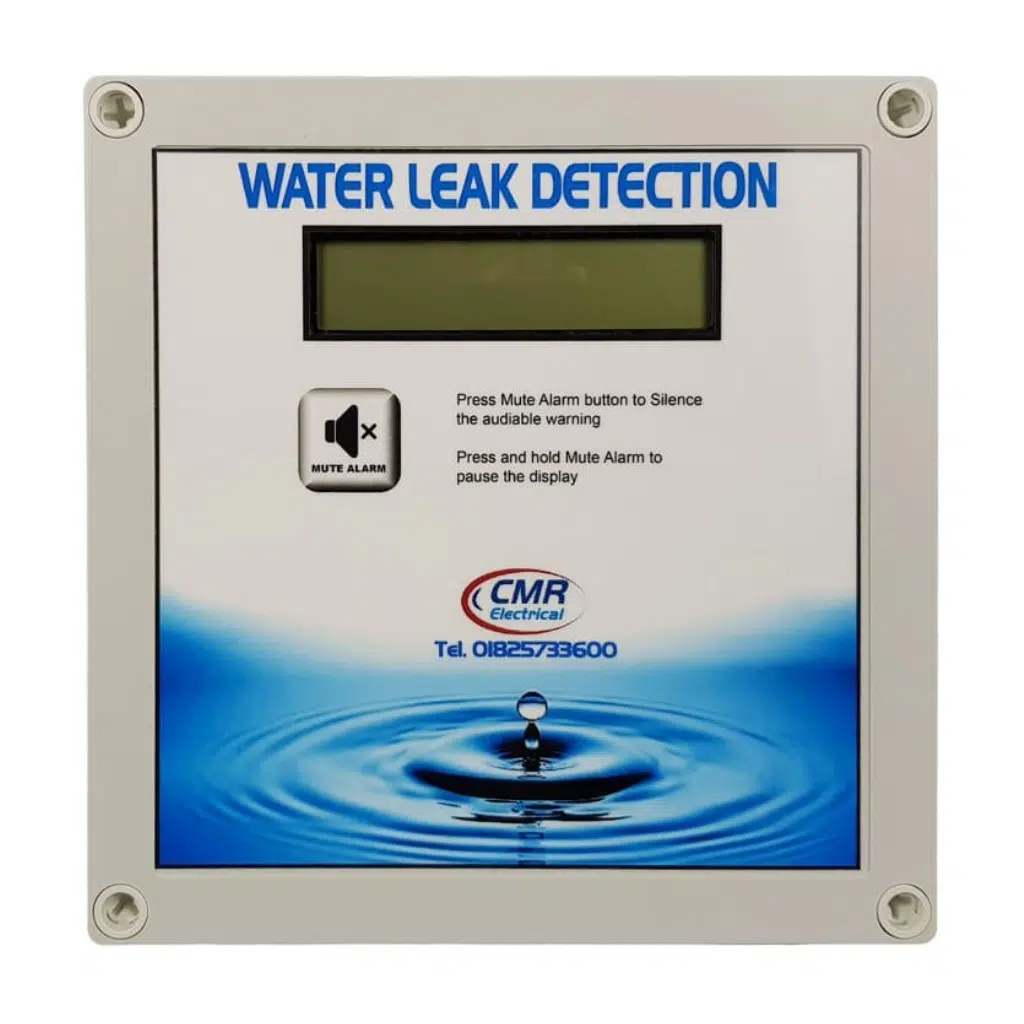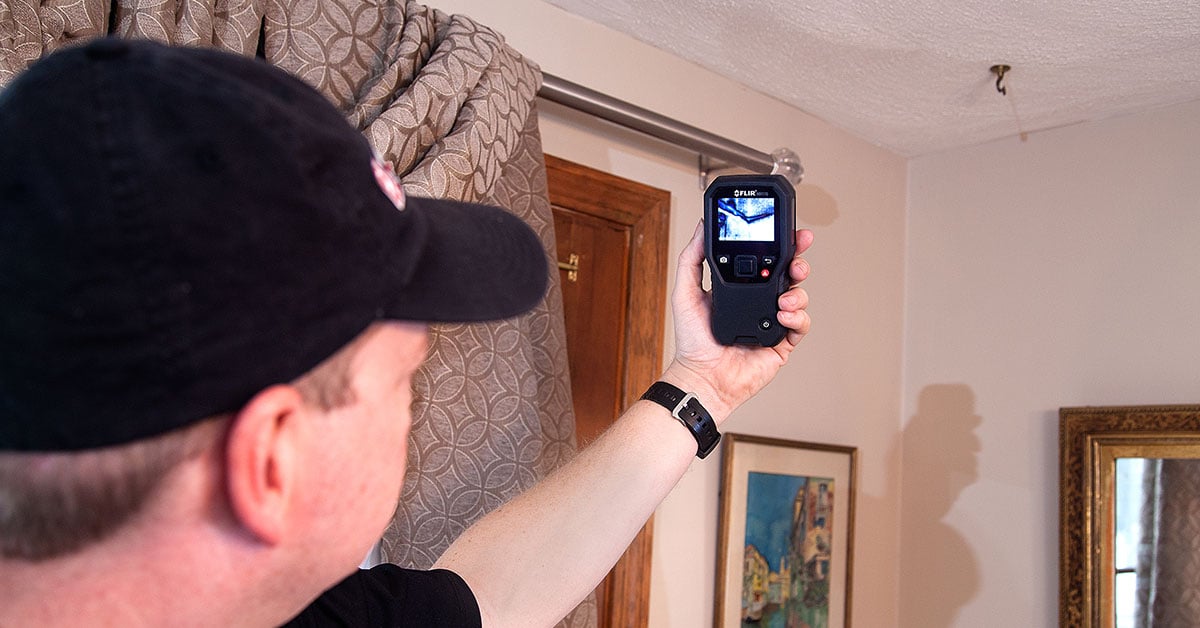Water Leak Detection: Just How to Identify and Deal With Leaks Before They Create Damage
Water Leak Detection: Just How to Identify and Deal With Leaks Before They Create Damage
Blog Article
Cutting-edge Solutions for Early Discovery of Water Leakages in Structures and Infrastructure
From cutting-edge leak discovery innovations to the implementation of IoT sensors for real-time surveillance, the landscape of leak avoidance is advancing swiftly. Automated water flow analysis systems are reshaping just how leakages are determined and attended to, leading the means for a positive strategy to water leak detection.
Advanced Leak Discovery Technologies
Advanced leak discovery technologies, outfitted with innovative sensing units and formulas, play a crucial function in swiftly identifying and pinpointing water leaks in different settings. These technologies use a combination of acoustic, thermal, and electro-magnetic sensing approaches to find leakages precisely. Acoustic sensing units find the noise of getting away water, enabling accurate localization of the leak resource. Thermal imaging identifies temperature modifications brought on by water leak, offering one more effective technique for leakage identification. Electro-magnetic sensors can determine changes in electro-magnetic areas brought on by water, supplying yet one more layer of leak discovery ability.

IoT Sensors for Real-Time Surveillance
In the world of modern water leakage detection, the combination of IoT sensors for real-time tracking represents a crucial advancement in enhancing aggressive leak discovery abilities. These sensing units use continual tracking of water systems, supplying real-time information on water flow rates, pressure variants, and temperature level adjustments. By leveraging IoT innovation, these sensors can spot even the smallest abnormalities in water usage patterns, allowing early recognition of possible leaks prior to they rise into significant concerns.
IoT sensing units transfer data to a centralized system, where sophisticated formulas analyze the info and create signals or notices when irregularities are discovered. This real-time surveillance capacity enables homeowner or center managers to immediately attend to leakages, lessening water damage, minimizing repair prices, and saving water resources.
Moreover, IoT sensors can be incorporated with structure management systems, permitting for automatic responses to spotted leaks, such as shutting down water valves or turning on pumps to mitigate the impact of leaks. In general, the execution of IoT sensors for real-time monitoring significantly enhances the efficiency and effectiveness of water leak detection in buildings and infrastructure.
Artificial Intelligence Algorithms for Leakage Prediction

One key benefit of using artificial intelligence for leak prediction is its ability to constantly find out and improve its precision over time. As even more data is gathered and fed right into the formula, it can refine its forecasts and adapt to altering problems, eventually raising the integrity of leakage detection systems.
Additionally, machine discovering formulas can assist in recognizing refined indicators of leakages that may go unnoticed by typical monitoring approaches. water leak detection. By examining complex data sets in real-time, these algorithms can offer early warnings and informs, permitting timely treatment and preventative upkeep to minimize possible water damages and associated costs
Utilizing Thermal Imaging for Leakage Discovery
Thermal imaging modern technology offers an appealing technique for finding water leaks in different systems and frameworks. By making use of infrared radiation and temperature variations, thermal imaging cameras can recognize covert leaks that are resource not easily visible to the naked eye. When water leaves from pipelines or frameworks, it often changes the temperature of the bordering area, developing temperature differentials that thermal cams can catch. These temperature level abnormalities are after that converted right into visible photos, highlighting the precise location of the leakage.
One of the vital benefits of thermal imaging for leakage discovery is its non-intrusive nature. Overall, the use of thermal imaging technology improves the efficiency and accuracy of water leakage discovery, making it a beneficial device for preserving the honesty of buildings and frameworks.
Automated Water Flow Evaluation Solutions
How can computerized water circulation evaluation systems transform the discovery and administration of leaks in different systems and frameworks? Automated water circulation analysis systems use a proactive technique to leakage detection by constantly checking water flow rates and patterns. By establishing standard data, these systems can promptly identify inconsistencies that may indicate a leakage, making it possible for timely intervention to prevent considerable damage.
These systems make use of sophisticated formulas to examine real-time information and give immediate informs when anomalies are spotted, enabling for quick activity to be taken. Additionally, automatic water flow analysis systems can be integrated with other structure administration systems or IoT systems, boosting total performance and making it possible for remote monitoring capabilities.
Moreover, the data collected by these systems can be used for predictive upkeep purposes, aiding to identify potential weak factors in the facilities prior to leakages take place. On the whole, the application of computerized water circulation evaluation systems can considerably enhance leak detection and monitoring methods, inevitably resulting in set you back savings, reduced water waste, and raised sustainability in buildings and facilities.

Final Thought
In verdict, the assimilation of advanced leak detection innovations, IoT sensors, maker learning formulas, thermal imaging, and automatic water circulation evaluation systems provides ingenious solutions for early discovery of water leakages in buildings and infrastructure. These technologies allow real-time tracking, prediction of leakages, and effective discovery techniques to stop water damage and wastage. Carrying look at this website out these options can help in preserving the integrity and sustainability of water systems in different setups.
Report this page